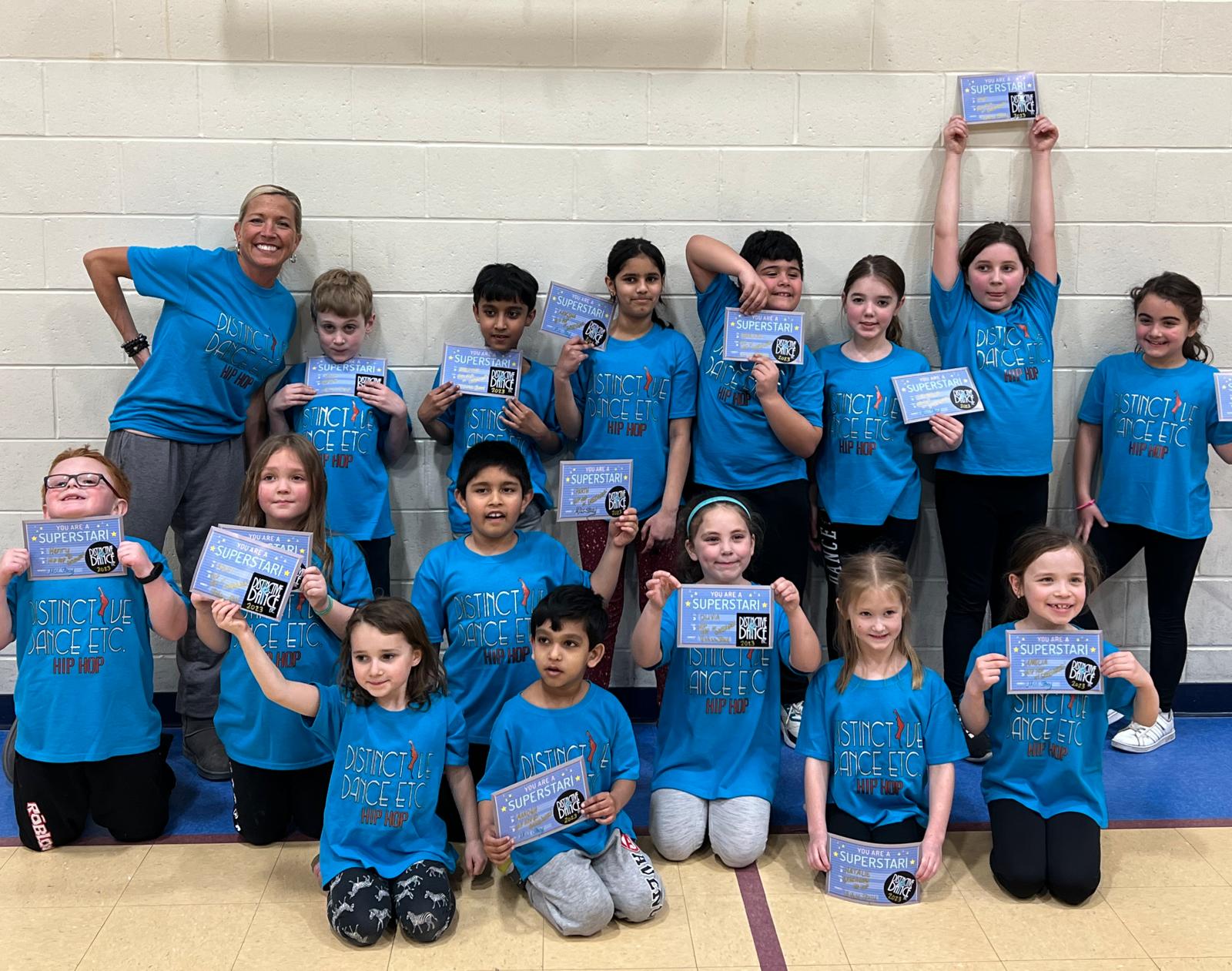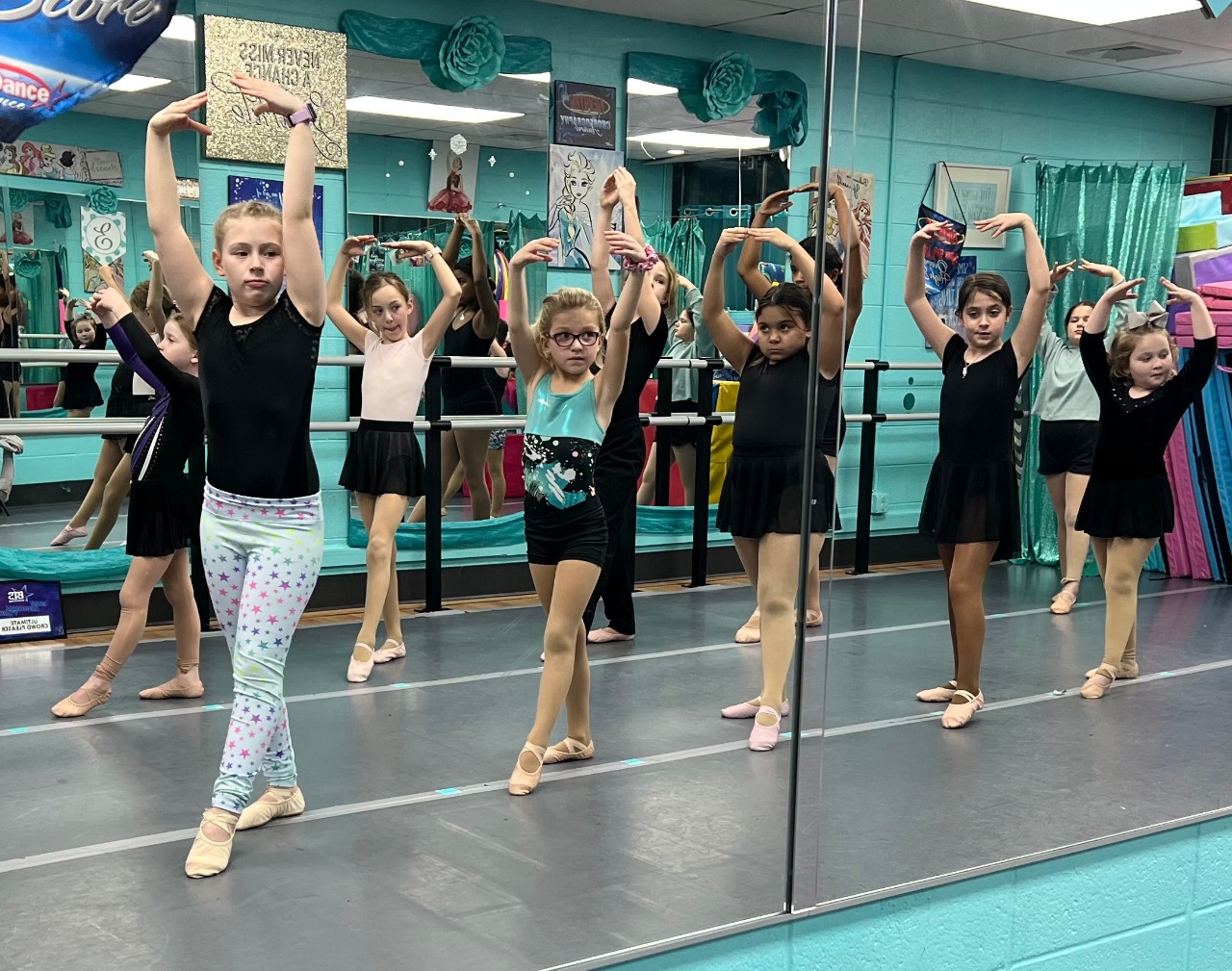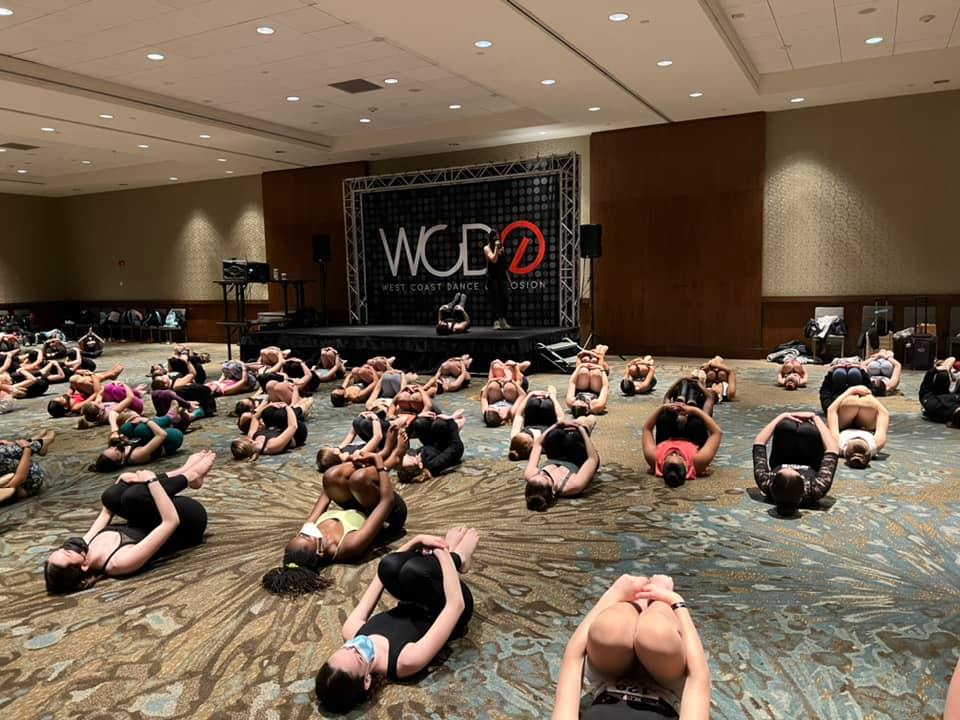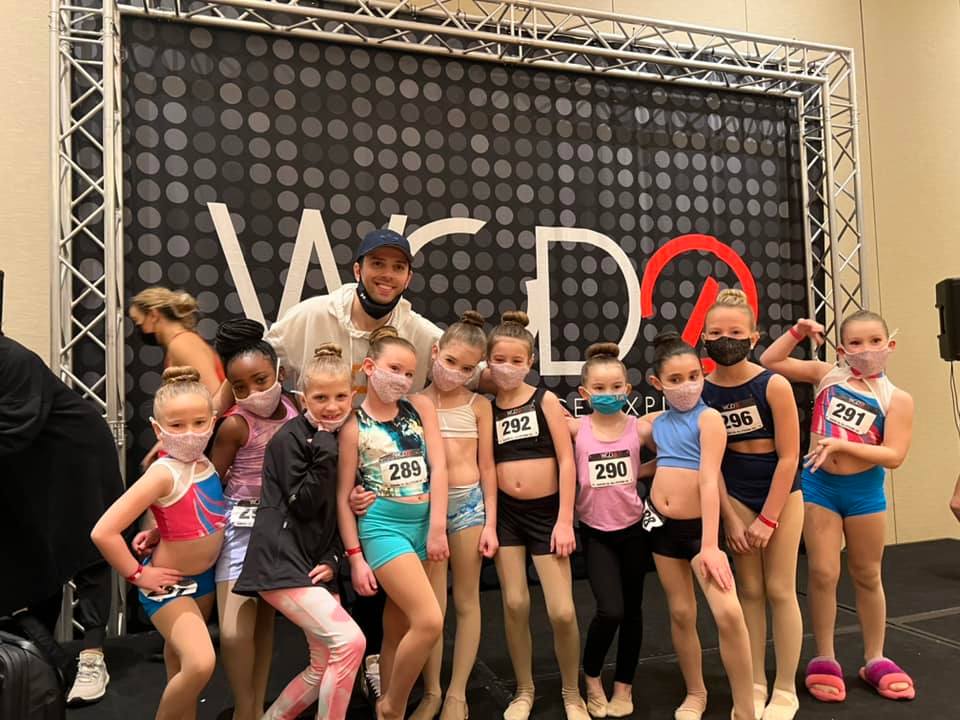Having simultaneous passions for Ballet and gymnastics is not unusual for kids. You need to be aware of your child’s engagement in both sports. You need to know if it might have a negative influence on them or not. Many parents wonder about that. Here are some pros and cons to consider if you’re considering training for two sports at once. You’ll quickly learn that it’s crucial to factor in the wants, needs, and talents of each child. You need to do that before making a decision. Choosing the preschool dance in Warwick Rhode Island, can be useful enough in this case.
Important Considerations for Preschool Dance
Deciding whether or not to participate in many sports at once? Then every child and family has their own unique set of challenges. Make the most informed decision about your child’s care. Consider your own family’s needs alongside those of your child.
Is there any benefit to doing both?
There is one of the primary benefits of engaging in both Ballet and gymnastics. It is the lowered likelihood of injury. Joints and other muscle groups may benefit from playing many sports. The body is put through a wider range of movements. At times you overuse one part of your body while ignoring its neighboring portions. Then you increase the likelihood of injury.
Gymnastics routines require repetition of the same movement. There they have a higher risk of injury. However, this danger may be reduced. The participant can do that by engaging in different kinds of exercises. Those should be aimed at strengthening the surrounding muscle groups. This is where the trainers at preschool dance Warwick Rhode Island work perfectly. They strengthen the hips, knees, and ankles with Ballet. That helps gymnasts avoid injury and perform routines with greater ease. Ballet’s emphasis on flexibility might be useful for gymnasts as well.
Is gymnastics more challenging than Ballet?
Parents of aspiring gymnasts often ask me whether the sport is more challenging than Ballet. To address your question, Ballet and gymnastics have quite distinct physical needs. While both have their challenges, none is much tougher than the other. Gymnastics takes a lot of endurance and uses all the body’s muscles. Then the dance emphasizes musicality and posture and calls for a lot of leg and core power. However, the necessary conditions for each of these pursuits are strikingly similar.
Which of these locations is the most physically demanding?
Different kinds of strength and stamina are required for gymnastics and Ballet. Ballet routines are often performed in multiple shorter bursts. That requires less rigor. But gymnastics routines are typically executed in a fast burst. It requires enormous amounts of strength and agility. A gymnast’s performance depends on the strength of their whole body.
As gymnastics grows more strenuous, how can I help my child improve her performance?
The results, surprisingly, may be expressedsimply. Athletes that take ballet classes tend to perform better overall. There are talents often not emphasized in the classroom. That may be honed and developed in this setting. These advantages allow individuals to compete at greater levels. It includes both individually and collectively increasing their precision and stamina.
Thinking back on the typical steps
Gymnasts are well suited to Ballet due to the extensive choreography that must be learned. This is only one of the explanations for it. Ballet techniques can only be presented once to each athlete. It should be done before they have to learn the steps and execute them in sequence on their own. Choosing the Ballet and gymnastics Cranston services for such works is essential here.
Strength and endurance are needed
Ballet is less strenuous on the body than gymnastics. So it may nonetheless help one become stronger and more resilient. Ballet and gymnastics need the usage of a wide variety of muscles. Cross-training in both sports necessitates strengthening a wider variety of muscles. It would not be necessary if you focused just on one.
Conclusion
Cross-training in Ballet is advocated for athletes. It is especially for those participating in almost all high-intensity sports. It will develop their skills. Gymnasts may also make use of Ballet’s melody and grace. It should be particularly when it comes to highly per-formative routines on the floor and beam. Keeping trust in the Ballet and gymnastics Cranston is essential here. So do you want your gymnast to stand out from the crowd and rise through the ranks of the sport more rapidly? Then enrolling them in ballet classes is a good idea. There are many advantages to ballet training for gymnasts and almost no disadvantages. All gymnasts should be compelled to take Ballet










